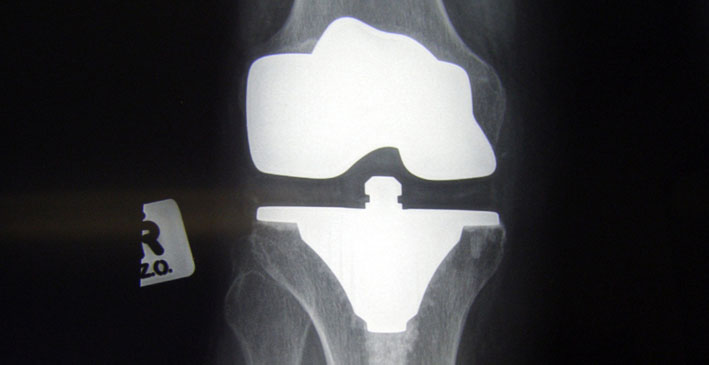Zumba is an energetic exercise, and the biggest problem that people first starting out experience is knee problems. It happens when knees point in different directions to feet and is called torquing.
So here are the key ways to prevent knee problems.
Contents
Get yourself a proper pair of Zumba shoes
This is the easiest way to avoid knee problems. Specialist Zumba shoes, help your knees in a couple of ways. Firstly, they have a pivot point on them. This allows you to move from side to side when dancing without your feet sticking to the floor. If your feet stick and you try to swivel your legs to the side, then your knees will take the brunt of the impact and you could damage them badly. So look for shoes with a pivot point, and that are fairly flat and without excessive tread on them. Running shoes are usually the worst kind of sports footwear to do Zumba in because they have a strong tread and grip, which helps you stick to the floor. This is very useful when running but not when dancing.
Adapt your movements
If you can’t afford a pair of specialist shoes for Zumba, then it is best if you avoid any of the swivelling movements that take place in dances. You must always try and make sure that your knees and toes are pointing in the same direction. If you do want to move your feet from pointing forwards, make sure that you take the weight off that foot before you move it.
If you have existing knee problems
If you have existing knee problems, then there are less energetic types of Zumba that you can do. For example Zumba Gold is much slower than regular Zumba and is designed for people who are older. You could also consider doing AquaZumba which is a workout in water and does not place as much stress on the knees.
Make sure that you warm up before the class by doing some walking and stretching
If you have osteoarthritis, then losing any extra weight that you are carrying can help reduce the strain on your knees. But don’t overdo things when you are starting off.
Knee problems after the class
If you experience knee problems after a class, you should be able to reduce any inflammation by applying ice to the knee. If the problem persists it’s best to rest the knee rather than doing any more exercise on it.
It’s always best to warm down after a class by doing some more stretching and slow walking.

